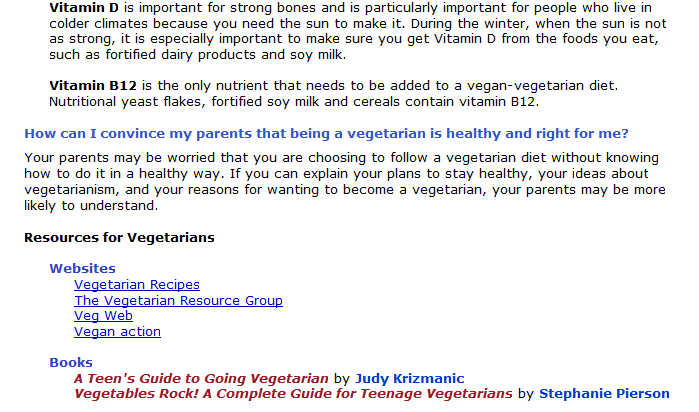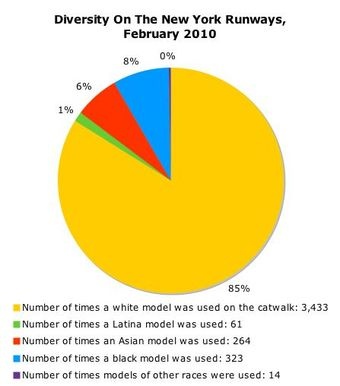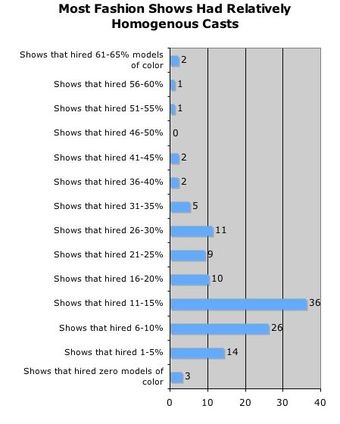Members of PIKE fraternity at the University of California, San Diego came under fire this month for hosting a party, called” The Compton Cookout,” designed to mock black Americans and Black history month (less than 2% of UCSD students are black). People are shocked and horrified, and rightly so, though it’s just one in what seems to be a constant stream of such parties. Becca C. asked us to post about it.
Its Facebook page shown below (which, interestingly, is part of what made the party visible enough to protest) explicitly describes how people are to dress and act (trigger warning; it’s quite upsetting):
February marks a very important month in American society. No, i’m not referring to Valentines day or Presidents day. I’m talking about Black History month. As a time to celebrate and in hopes of showing respect, the Regents community cordially invites you to its very first Compton Cookout.
For guys: I expect all males to be rockin Jersey’s, stuntin’ up in ya White T (XXXL smallest size acceptable), anything FUBU, Ecko, Rockawear, High/low top Jordans or Dunks, Chains, Jorts, stunner shades, 59 50 hats, Tats, etc.
For girls: For those of you who are unfamiliar with ghetto chicks-Ghetto chicks usually have gold teeth, start fights and drama, and wear cheap clothes – they consider Baby Phat to be high class and expensive couture. They also have short, nappy hair, and usually wear cheap weave, usually in bad colors, such as purple or bright red. They look and act similar to Shenaynay, and speak very loudly, while rolling their neck, and waving their finger in your face. Ghetto chicks have a very limited vocabulary, and attempt to make up for it, by forming new words, such as “constipulated”, or simply cursing persistently, or using other types of vulgarities, and making noises, such as “hmmg!”, or smacking their lips, and making other angry noises, grunts, and faces. The objective is for all you lovely ladies to look, act, and essentially take on these “respectable” qualities throughout the day (transcription borrowed from Threadbared).
The page:

When the first Facebook page was taken down, a student put up a second page in objection (Compton Cookout Part Deux: First Amendment Pride):

A diverse group of students, with the support of many faculty, protested the administration’s slow response to the event (chronicled at Stop Racism UCSD). But the vocal resistance to the overt prejudice and hateful stereotyping created a counter-resistance. A student-run TV station defended the party with racial epithets and, then, a student hung a noose in the library:

UPDATE (Mar. ’10): This was followed by a KKK hood, made from a pillow case, found on a campus statue’s head (hap tip to Becca).
This is sociologically interesting because it illustrates the backlash phenomenon. Backlash is a common response to any effort to point out or undermine prejudice, discrimination, and inequality. We’ve posted about it in response to racist products (Mr. Wasabi, the Black “Lil’ Monkey” doll, and the Obama sock monkey) as well as anti-rape campaigns. As I wrote in a previous post:
…resistance to oppression is met with counter-resistance. Until inequality is challenged, things often seem to be just fine; when groups stand up and demand equality, we suddenly see how fiercely people will defend their privilege.
Remember, the Klu Klux Klan emerged only after slaves had been emancipated; whites didn’t need to put black people in their place when they were in their place. Those who are protesting the Compton Cookout, by not standing by and letting the (largely white) administration address (or fail to address) the party as it pleases, are refusing to stay in their place. The backlash is proof that they are actually perceived to be a threat.
NOTE: A commenter claims that the party was organized by the PIKE, SIGMA CHI and SIGMA NU fraternities, not just the PIKE fraternity. I read in a news report that it was PIKE, but it could be wrong.
Lisa Wade, PhD is an Associate Professor at Tulane University. She is the author of American Hookup, a book about college sexual culture; a textbook about gender; and a forthcoming introductory text: Terrible Magnificent Sociology. You can follow her on Twitter and Instagram.













